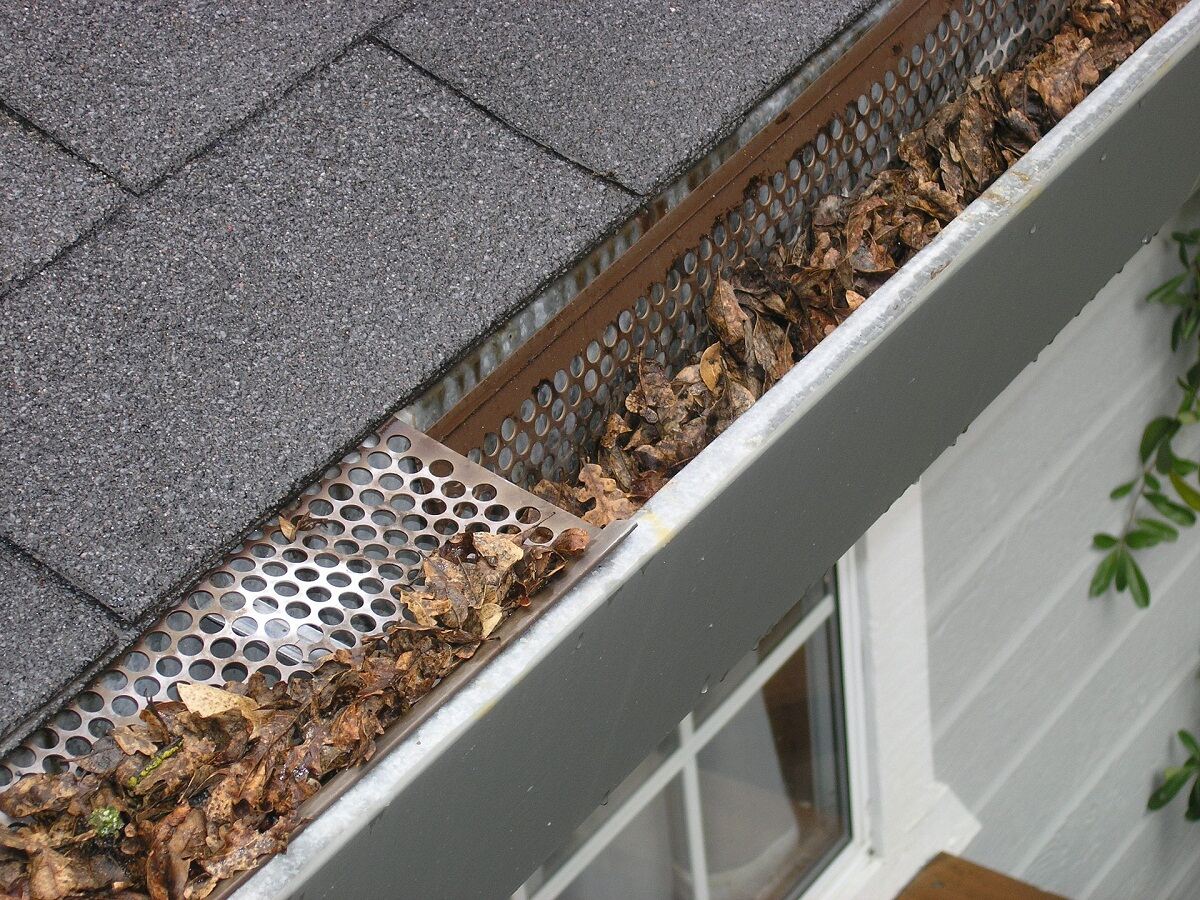

Articles
How To Tell If Your Gutters Are Clogged
Modified: February 17, 2024
Learn how to identify if your gutters are clogged with our informative articles
(Many of the links in this article redirect to a specific reviewed product. Your purchase of these products through affiliate links helps to generate commission for Storables.com, at no extra cost. Learn more)
Introduction
Gutters play a crucial role in protecting your home from water damage by channeling rainwater away from the roof and foundation. However, over time, gutters can become clogged with leaves, twigs, and other debris, compromising their functionality and causing potential harm to your property.
It’s essential to maintain clean and clog-free gutters to ensure their optimal performance. Regular gutter inspection and cleaning can help you identify and address any issues before they escalate into more significant problems.
In this article, we will explore the signs of clogged gutters, how to inspect and clear them, as well as various do-it-yourself (DIY) methods and professional options for gutter cleaning. Additionally, we will discuss preventive measures to avoid future clogs and protect your home from potential water damage.
So, let’s dive in and learn how to determine if your gutters are clogged and the best strategies for maintaining them!
Key Takeaways:
- Regularly inspect and clear gutters to prevent water damage. Look out for signs of clogged gutters and consider DIY or professional cleaning options for optimal maintenance.
- Implement preventive measures like gutter guards and tree trimming to minimize future clogs. Prioritize regular gutter cleaning to protect your home from potential water damage.
Read more: How To Keep Gutters From Clogging
Signs of Clogged Gutters
Clogged gutters can lead to a host of issues, ranging from water damage to your roof, foundation problems, and even mold growth. Recognizing the signs of clogged gutters is crucial in maintaining the integrity of your home. Here are some common signs to watch out for:
- Overflowing water: One of the most apparent signs of clogged gutters is water overflowing from the sides. If you notice water cascading over the gutters instead of flowing through the downspouts, it’s a strong indication of blockage.
- Puddles around the foundation: Clogged gutters can lead to improper water drainage, causing water to pool around the foundation. This can weaken the foundation over time and may result in cracks or basement flooding.
- Sagging gutters: Excessive debris accumulation can cause gutters to become heavy and pull away from their attachment points. If you notice gutters sagging or pulling away from the roofline, it’s a sign that they need cleaning and maintenance.
- Visible plant growth: When gutters are clogged, they become a favorable environment for plant growth. Moss, weeds, and even small trees can start to sprout from the debris-filled gutters. If you notice any signs of vegetation, it’s a clear indication of clogged gutters.
- Insect and pest infestations: Clogged gutters can become a breeding ground for insects and pests, such as mosquitoes, termites, and rodents. If you notice an increase in such creatures around your home, it’s likely due to the stagnant water and debris in the gutters.
- Dripping or leaking gutters: If water constantly drips or leaks from the gutters, it could indicate a blockage. The excess water can seep into the roof or walls, causing water damage and potentially leading to expensive repairs.
- Ice dams in winter: During colder months, clogged gutters can contribute to the formation of ice dams. Ice dams occur when water freezes in the gutters and prevents proper drainage. This can lead to roof leaks, damaged shingles, and even gutter damage.
If you notice any of these signs, it’s crucial to address the issue promptly to prevent further damage and maintain the longevity of your gutters and home.
Inspecting Your Gutters
Regular gutter inspections are essential to catch any potential issues and ensure your gutters are in good working condition. By inspecting your gutters at least twice a year, you can identify any clogs, leaks, or damage and take appropriate action. Here’s how to inspect your gutters:
- Safety first: Before starting the inspection, ensure you have a sturdy ladder and proper safety equipment to prevent accidents. Let someone know that you’ll be working on the gutters, and consider having a spotter for added safety.
- Remove debris: Start by manually removing any visible debris from the gutters by using gloved hands or a scoop. This will allow you to get a clearer view of the gutter channel and check for any blockage.
- Check for sagging: While removing debris, make note of any sections of the gutters that appear to be sagging or pulling away. These areas may need extra attention or repair to maintain proper functionality.
- Inspect for leaks: Run water through the gutters with a garden hose to check for any leaks or misaligned joints. Pay attention to any water seepage from the gutters, as this may indicate a clog or a damaged section that needs repair.
- Examine downspouts: Inspect the downspouts for any clogs or blockages. Run water through the downspouts to ensure proper drainage and check for any leaks or misalignment.
- Check gutter slope: Ensure that your gutters have a slight slope towards the downspouts. This helps water flow smoothly and prevents standing water. Adjust the slope if necessary by repositioning the gutter hangers or adding new ones.
- Inspect the fascia board: While inspecting the gutters, also assess the condition of the fascia board to which they are attached. Look for any signs of rot, water damage, or pest infestation.
- Document and address issues: As you complete the inspection, make a note of any problems you notice, including clogs, leaks, or areas that require repair. This will help you prioritize and address the issues effectively.
Regularly inspecting your gutters will help you identify potential problems early on and prevent further damage to your home. If you notice any significant issues during the inspection, it’s advisable to seek professional help to address the problem promptly and efficiently.
Clearing the Downspouts
Downspouts play a crucial role in ensuring proper water drainage from your gutters. When they become clogged, water can back up in the gutters, leading to overflowing and potential damage. Clearing the downspouts is an essential step in maintaining clog-free gutters. Here’s how to clear your downspouts:
- Access the downspout: Start by locating the downspout where the clog is suspected. Ensure the downspout is securely attached to the gutter system.
- Remove visible debris: If there is any visible debris near the downspout entrance, such as leaves or twigs, carefully remove them using gloved hands or a small garden trowel.
- Use a plumber’s auger: Next, insert a plumber’s auger or a plumbing snake into the downspout. Push the auger gently until you feel resistance, indicating the clog. Rotate the auger clockwise to hook onto the debris and slowly pull it out.
- Flush with water: Once you have removed the major obstruction, flush water through the downspout using a garden hose. This will help clear any remaining smaller debris and ensure proper water flow.
- Check the outlet: Ensure that the downspout outlet is clear of any debris. Use a small brush or your gloved hand to remove any blockages. This will ensure that water flows freely away from your home.
- Reattach the downspout: Once the downspout is clear, securely reattach it to the gutters. Check for any loose or damaged parts that need repair or replacement.
- Consider a downspout screen or filter: To prevent future clogs, you may want to install a downspout screen or filter. These devices help to filter out debris and prevent it from entering the downspout or gutters.
Clearing the downspouts regularly is crucial in maintaining proper water drainage from your gutters. By keeping the downspouts clear, you can prevent potential damage to your home’s foundation and maintain the overall functionality of the gutter system.
Removing Debris from the Gutters
Regularly removing debris from your gutters is essential to prevent clogs and ensure proper water flow. Accumulated leaves, twigs, and other debris can obstruct the gutter channels, leading to overflowing water and potential damage to your home. Here’s how to effectively remove debris from your gutters:
- Gather the necessary tools: Before you start, gather the tools you’ll need, including a sturdy ladder, work gloves, a small garden trowel, and a bucket or bag to collect the debris.
- Place the ladder securely: Set up the ladder on a stable surface against the house, ensuring it’s positioned at a safe angle. Have someone hold the ladder or use ladder stabilizers for added safety.
- Start from the downspout: Begin by working on the section of the gutter closest to the downspout. Use the garden trowel to scoop out the debris and place it in the bucket or bag. Be cautious not to damage the gutters while removing the debris.
- Work your way along the gutters: Continue moving along the length of the gutter, removing all the debris. Pay special attention to areas where clogs are more likely, such as near trees or corners.
- Flush with water: Once you have removed the majority of the debris, use a garden hose to flush out any remaining smaller particles. This will help clear the gutters and ensure proper water flow.
- Check for leaks or damage: While cleaning the gutters, keep an eye out for any leaks, cracks, or damage. Note down any areas that require repair or replacement for future reference.
- Dispose of the debris: After completing the gutter cleaning, dispose of the collected debris responsibly. Compost leaves and organic matter if possible, and dispose of non-compostable waste in accordance with local regulations.
- Repeat the process regularly: To maintain clog-free gutters, it’s important to repeat this cleaning process at least twice a year, preferably in the spring and fall. However, if your property has many trees, more frequent cleanings may be necessary.
By regularly removing debris from your gutters, you can prevent clogs, overflowing water, and potential damage to your home. This simple maintenance task goes a long way in protecting your gutters and preserving the integrity of your property.
Regularly check for signs of clogged gutters such as water overflow, sagging gutters, and visible debris. This will help prevent potential water damage to your home.
Read more: How To Tell If The Dryer Vent Is Clogged
DIY Gutter Cleaning Methods
Gutter cleaning is a task that can be done yourself with the right tools and precautions. Here are some DIY methods to help you effectively clean your gutters:
- Use a gutter scoop: A gutter scoop or a small garden trowel is an effective tool for removing debris from your gutters. Scoop out the leaves, twigs, and other debris and deposit them in a bucket or bag. This method is particularly useful when dealing with a large buildup of debris.
- Try a leaf blower: If your gutters have a moderate amount of loose debris, a leaf blower can be a quick and efficient solution. Use a leaf blower with adjustable settings and blow the debris out of the gutters and onto the ground. Be sure to wear eye protection and exercise caution when working from a ladder.
- Use a pressure washer: For stubborn clogs or hard-to-reach areas, a pressure washer can be effective. Attach a specialized gutter cleaning attachment or use a narrow spray wand to remove the debris. Be cautious not to use excessive pressure, as it can damage the gutters or push the debris deeper into the downspouts.
- Consider gutter cleaning tools: There are various gutter cleaning tools available in the market, such as gutter cleaning brushes or gutter cleaning robots. These tools can help you reach and clean the gutters more easily. Research the options available and choose the tool that best suits your needs and budget.
- Protective measures: When cleaning your gutters, always prioritize your safety. Use a sturdy ladder, wear work gloves, and consider wearing safety goggles to protect your eyes from debris. If working at a considerable height or on a steep roof, it’s best to hire a professional for safety reasons.
- Proper disposal: After cleaning the gutters, dispose of the collected debris responsibly. Compost organic matter, and dispose of non-compostable waste in accordance with local regulations.
- Maintain regular cleaning: To ensure your gutters remain clog-free, make it a habit to clean them at least twice a year, preferably in the spring and fall. If your property has many trees or experiences heavy debris buildup, more frequent cleanings may be necessary.
DIY gutter cleaning can save you money and help you maintain your gutters’ functionality. However, it’s important to assess your comfort level and take necessary safety precautions. If you are uncomfortable with heights or unsure about handling the task, it’s always best to hire a professional gutter cleaning service for a thorough and safe cleaning.
Hiring a Professional Gutter Cleaner
While DIY gutter cleaning can be a viable option for many homeowners, there are instances when it’s best to hire a professional gutter cleaner. Here are some reasons why hiring a professional may be the right choice:
- Safety and expertise: Gutter cleaning can be a dangerous task, especially if you’re not familiar with working at heights or using ladders. Professionals are trained in safety practices and have the necessary expertise to handle the job efficiently and safely.
- Thorough cleaning: Professional gutter cleaners have specialized tools and equipment to provide a thorough cleaning. They are equipped with high-powered vacuums, pressure washers, and other tools that can effectively remove debris, including hard-to-reach areas and stubborn clogs.
- Identification of issues: Professionals can spot potential issues that may go unnoticed by an untrained eye. They can identify gutter damage, leaks, misalignment, or other issues that require repairs or maintenance. Addressing these issues early on can save you from costly repairs in the future.
- Time-saving: Cleaning gutters can be a time-consuming task, particularly if you have a large property or extensive gutter system. Hiring professionals allows you to free up your time and focus on other important tasks or activities.
- Access to additional services: Many professional gutter cleaning services offer additional services such as gutter repair, gutter guard installation, or roof inspection. By hiring professionals, you can take advantage of these services and ensure comprehensive care for your gutter system.
- Year-round maintenance: Professional gutter cleaners can provide year-round maintenance plans tailored to your specific needs. They can schedule regular cleanings and inspections, ensuring your gutters remain in optimal condition throughout the year.
- Peace of mind: Hiring professionals gives you peace of mind knowing that your gutters are being taken care of by experienced and insured individuals. You can trust that the job will be done effectively and without putting yourself at risk.
If you decide to hire a professional gutter cleaner, research local companies, read reviews, and compare quotes to find a reputable and reliable service provider. Ensure that the professionals are insured and trained in safe work practices.
While hiring a professional may involve some cost, it’s an investment in the long-term health of your gutters and your home. It can save you time, provide peace of mind, and help you avoid potential damage or accidents associated with DIY gutter cleaning.
Preventing Future Clogs
Preventing clogs in your gutters is crucial in maintaining their optimal functionality and protecting your home from water damage. Here are some preventive measures you can take to minimize the risk of future clogs:
- Install gutter guards: Gutter guards are protective covers that help prevent debris from entering your gutters while allowing water to flow through. They act as a barrier, reducing the amount of debris that accumulates in the gutters and minimizing the need for frequent cleaning.
- Trim overhanging branches: Overhanging branches can contribute to increased debris in your gutters. Regularly trim back any branches that hang directly over or near your roof to reduce the amount of leaves and twigs that fall into the gutters.
- Keep trees properly maintained: Regularly maintain the trees around your property by pruning dead or overhanging branches. This will not only help keep your gutters clean but also reduce the risk of branches falling during storms and causing damage.
- Clean your roof: A clean roof helps reduce the amount of debris that can find its way into your gutters. Regularly remove leaves, moss, and other debris from your roof to prevent it from being washed into the gutters during rainfall.
- Regular gutter inspections: Perform regular gutter inspections to catch any potential issues early on. Clear out any small debris that may have accumulated and check for loose or damaged gutters or downspouts that may need repair or replacement.
- Maintain proper gutter slope: Ensure that your gutters have a slight slope towards the downspouts to facilitate proper water flow. Adjust the slope if necessary by repositioning the gutter hangers or adding new ones.
- Monitor drainage: Keep an eye on water drainage during rainfall. Ensure that water is flowing freely through the downspouts and away from your home’s foundation. Proper drainage helps prevent water from pooling around the foundation and causing damage.
- Regular gutter cleaning: Even with preventive measures in place, it’s important to clean your gutters at least twice a year, or more frequently if you have a high amount of debris or trees on your property. Regular cleaning helps remove any small debris that may have accumulated and ensures that water can flow freely through the gutters.
By implementing these preventive measures, you can significantly reduce the risk of clogged gutters and minimize the potential for water damage to your home. Remember, regular maintenance and vigilance are key to preserving the health and functionality of your gutters.
Conclusion
Maintaining clean and clog-free gutters is essential to protect your home from water damage and maintain the integrity of your property. By recognizing the signs of clogged gutters and taking proactive steps to address them, you can prevent potential issues and costly repairs.
In this article, we discussed the signs of clogged gutters, methods for inspecting and clearing them, as well as DIY cleaning techniques and the option of hiring a professional gutter cleaner. We also explored preventive measures to minimize the risk of future clogs.
Regular gutter inspections, clearing downspouts, and removing debris from gutters are important maintenance tasks to ensure proper water flow and prevent overflow. DIY gutter cleaning methods can be effective, but it’s crucial to prioritize safety and use the right tools for the job. Hiring a professional gutter cleaner can provide expert services, save you time, and ensure a thorough cleaning and inspection.
To avoid future clogs, consider installing gutter guards, trimming overhanging branches, and maintaining your roof and trees. Regular gutter cleanings and monitoring water drainage will help you stay ahead of any potential issues and protect your home from water damage.
By following these guidelines and making gutter maintenance a priority, you can preserve the functionality and longevity of your gutters, safeguard your home from water-related issues, and enjoy peace of mind knowing your property is well-protected.
Remember, it’s better to invest time and effort in regular gutter maintenance now than to face more significant problems down the line. Take care of your gutters, and they will take care of your home.
Frequently Asked Questions about How To Tell If Your Gutters Are Clogged
Was this page helpful?
At Storables.com, we guarantee accurate and reliable information. Our content, validated by Expert Board Contributors, is crafted following stringent Editorial Policies. We're committed to providing you with well-researched, expert-backed insights for all your informational needs.
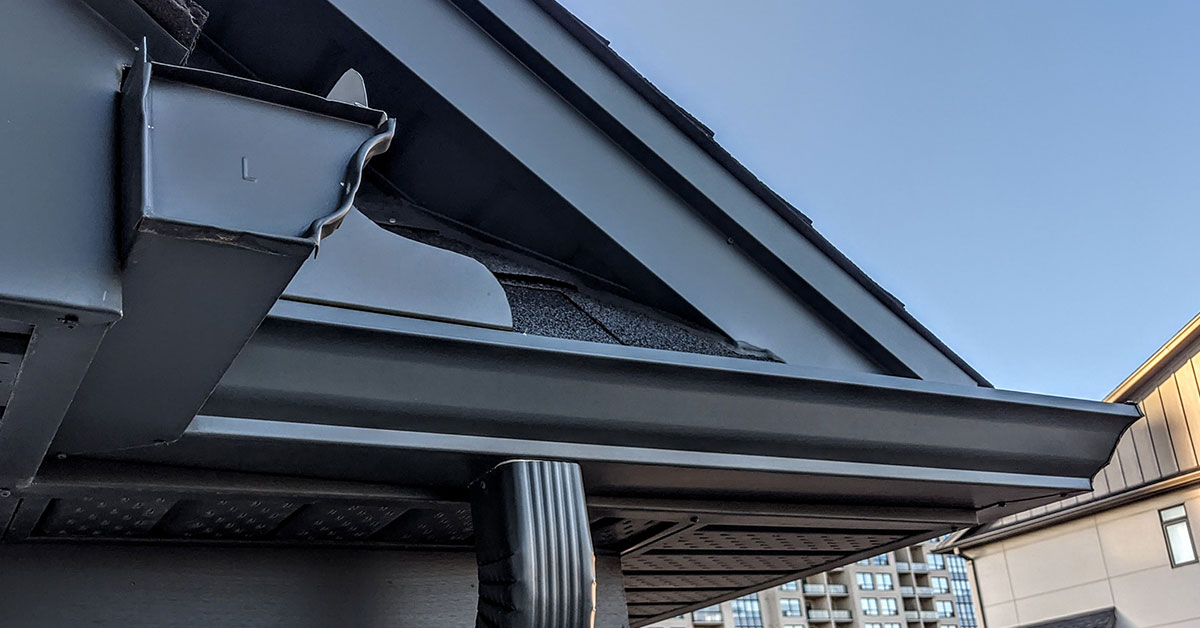


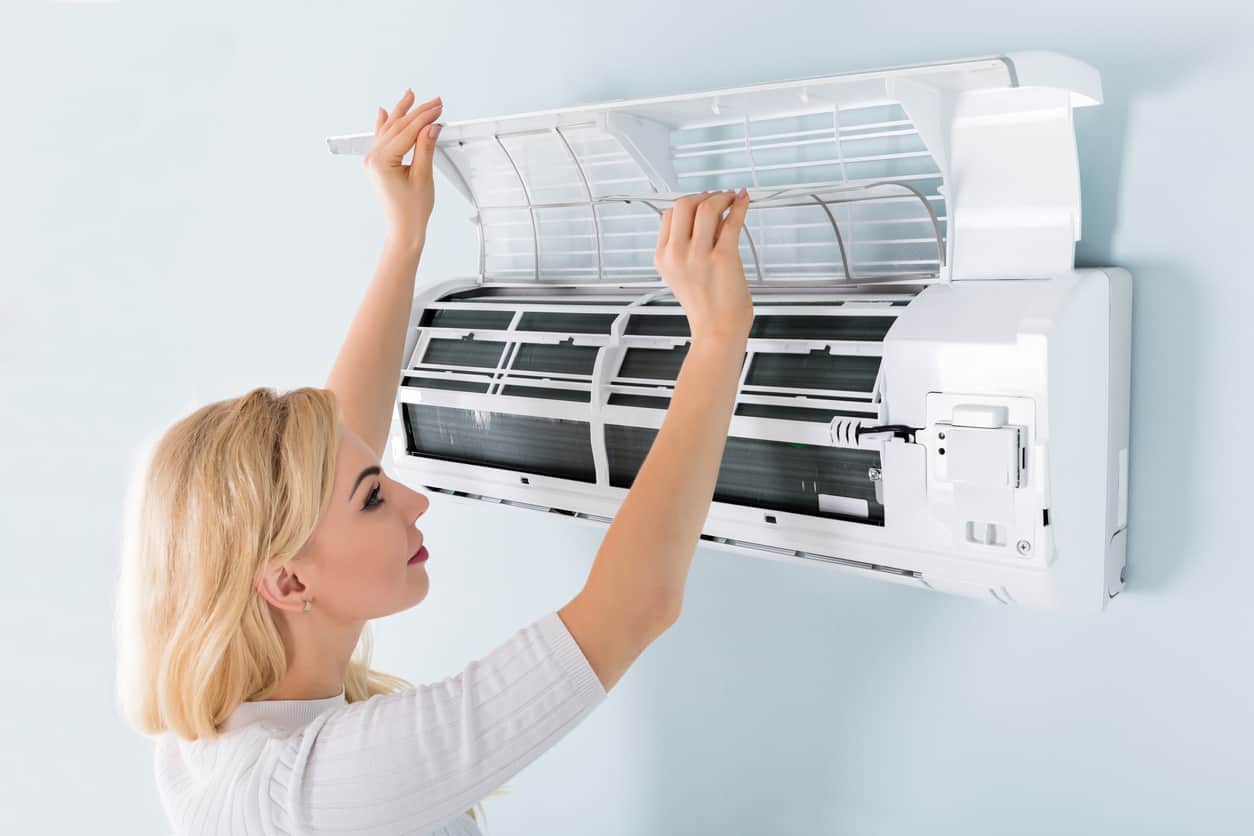
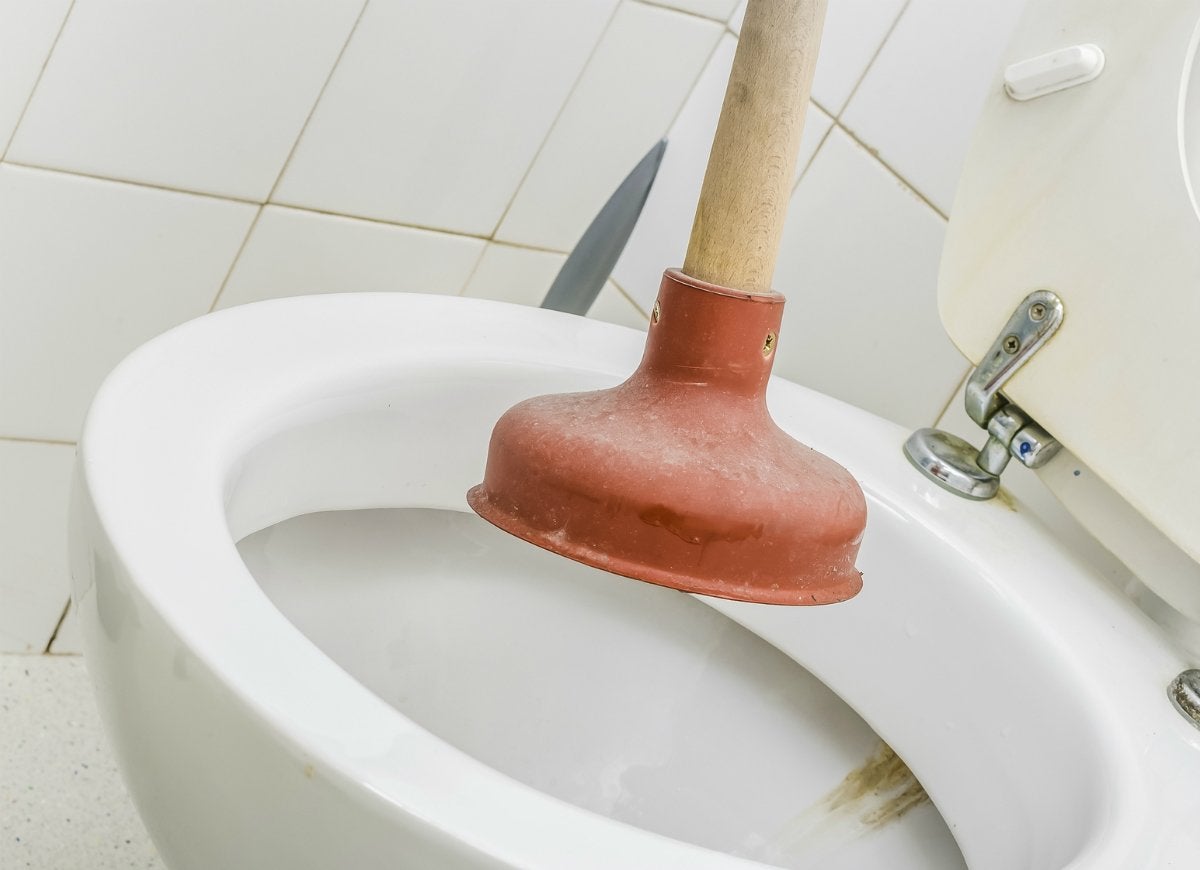
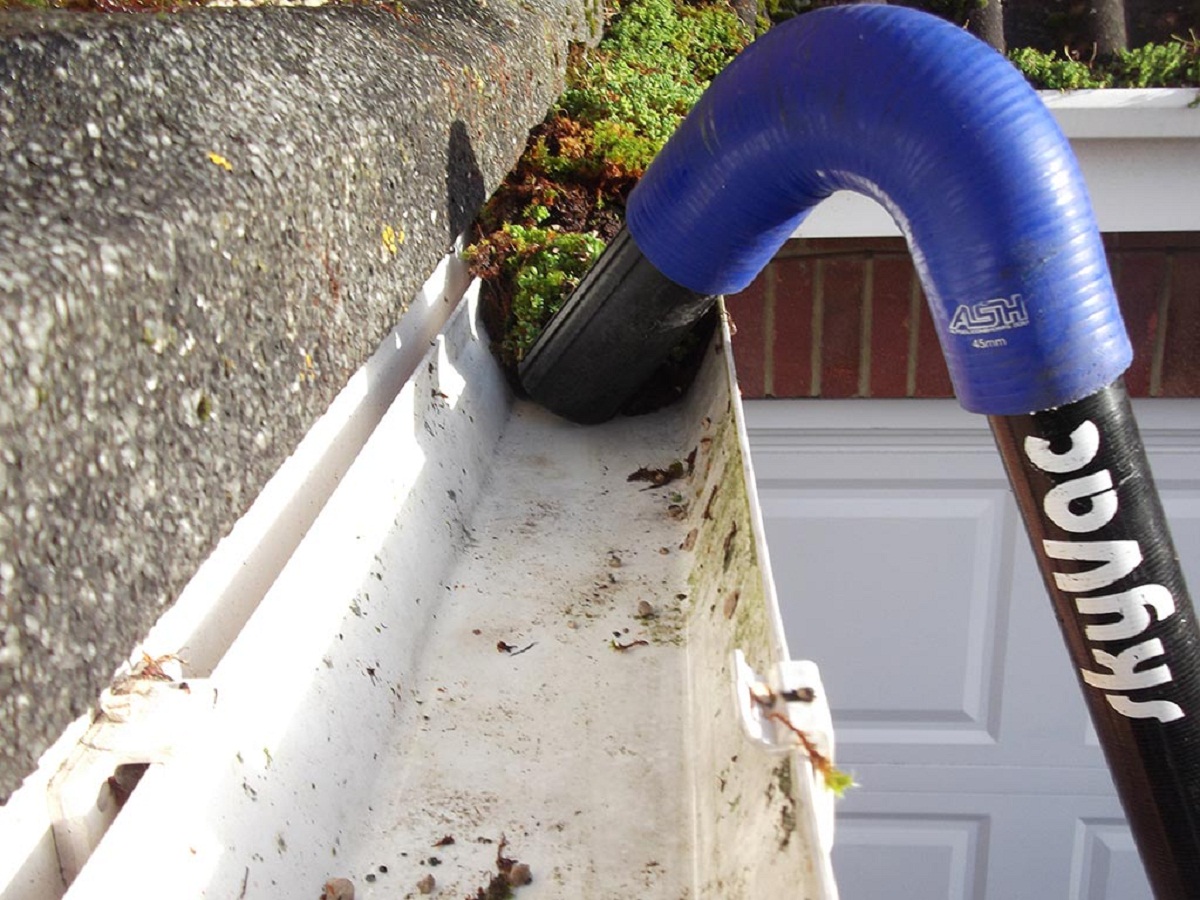
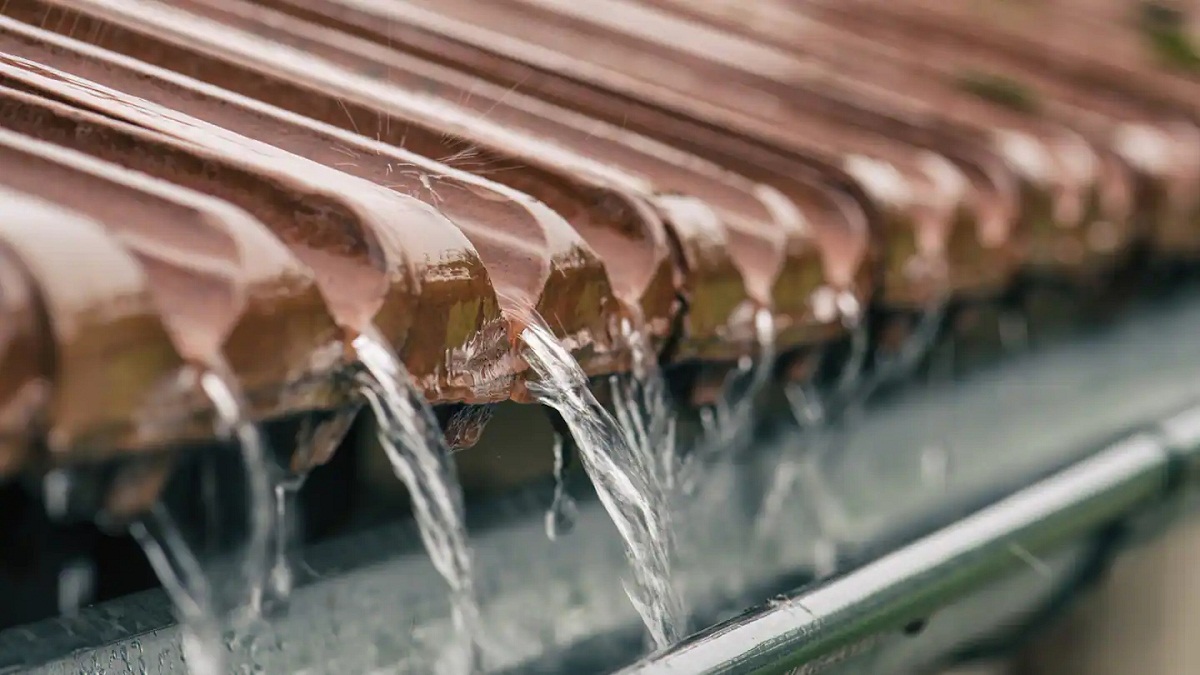
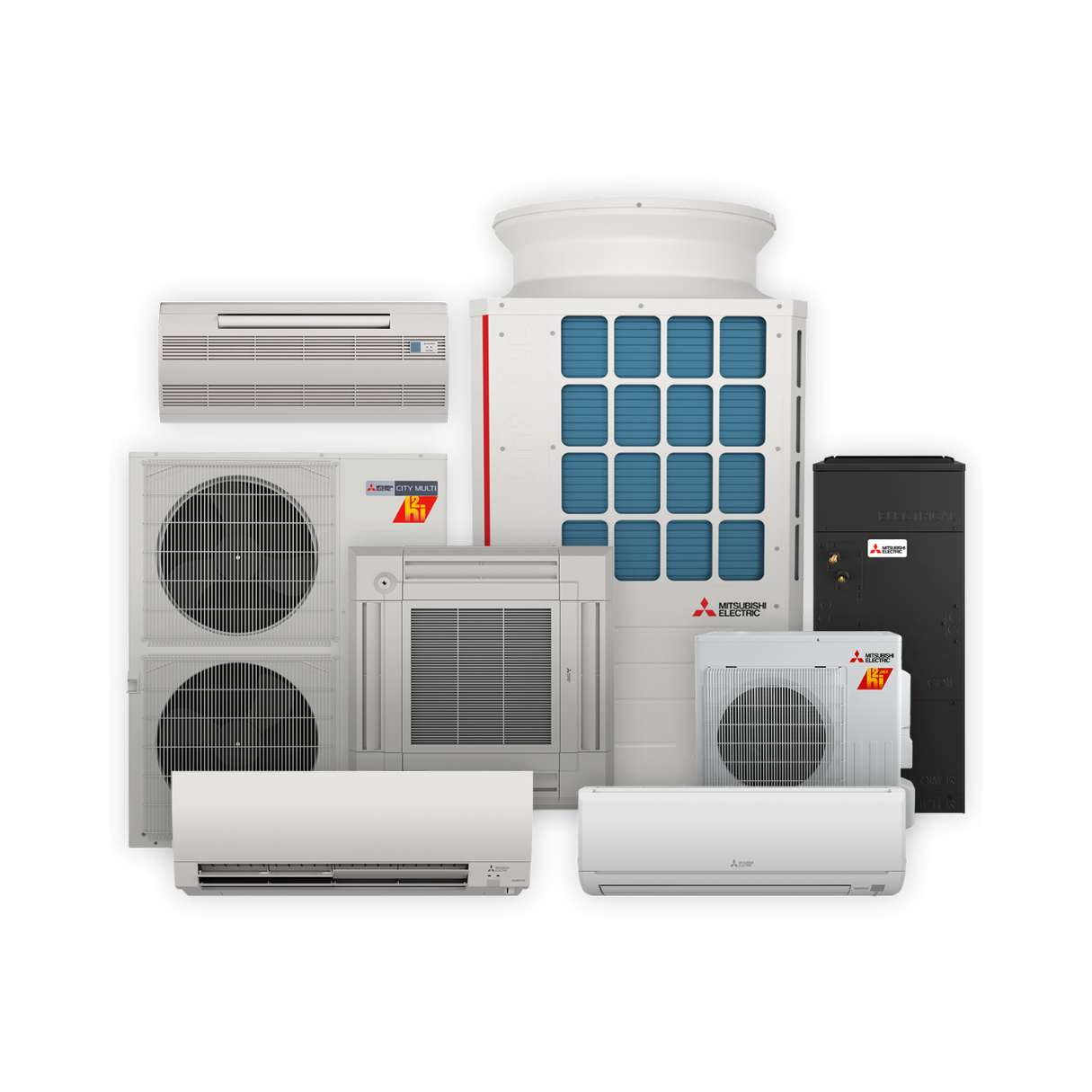
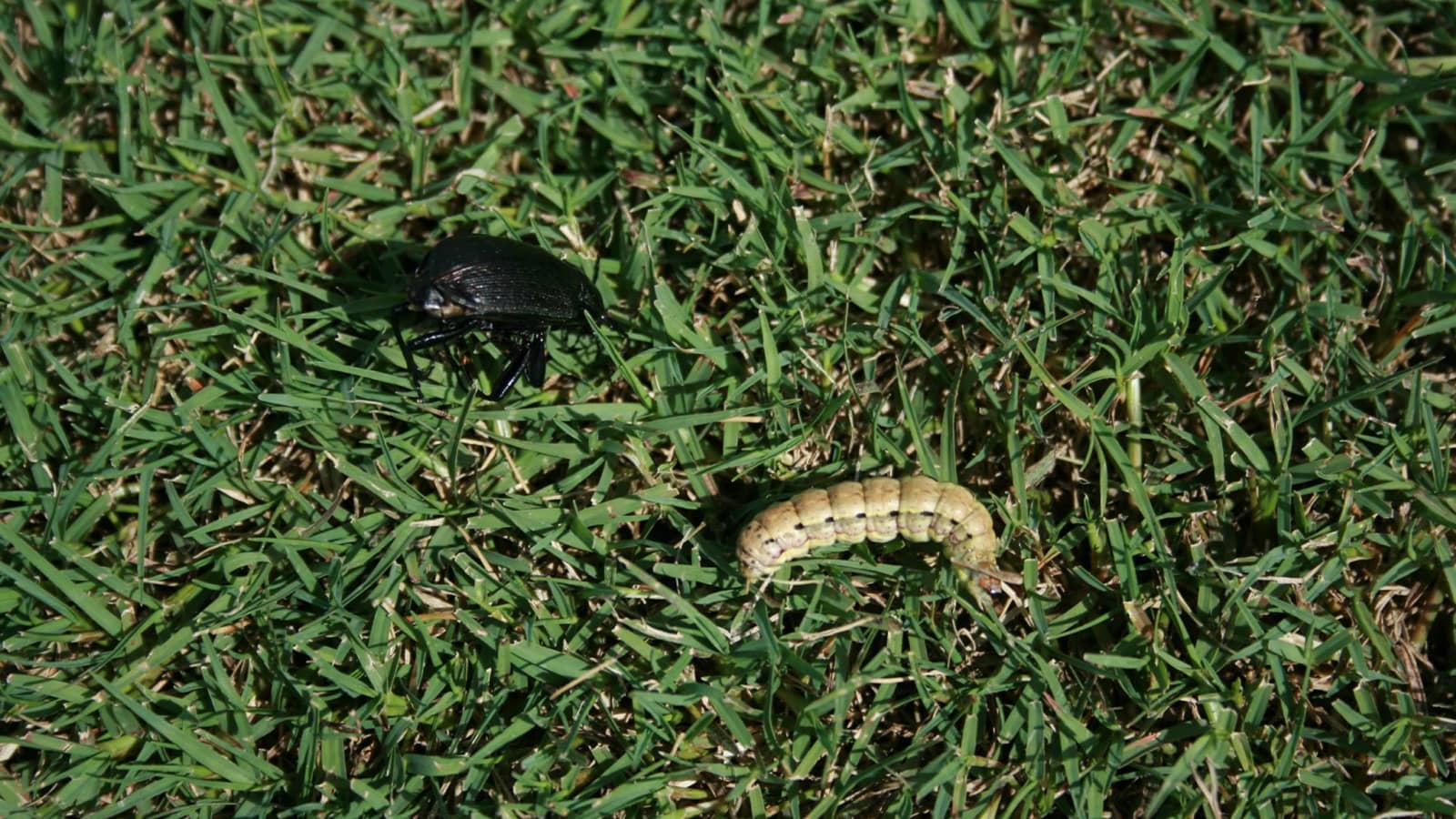
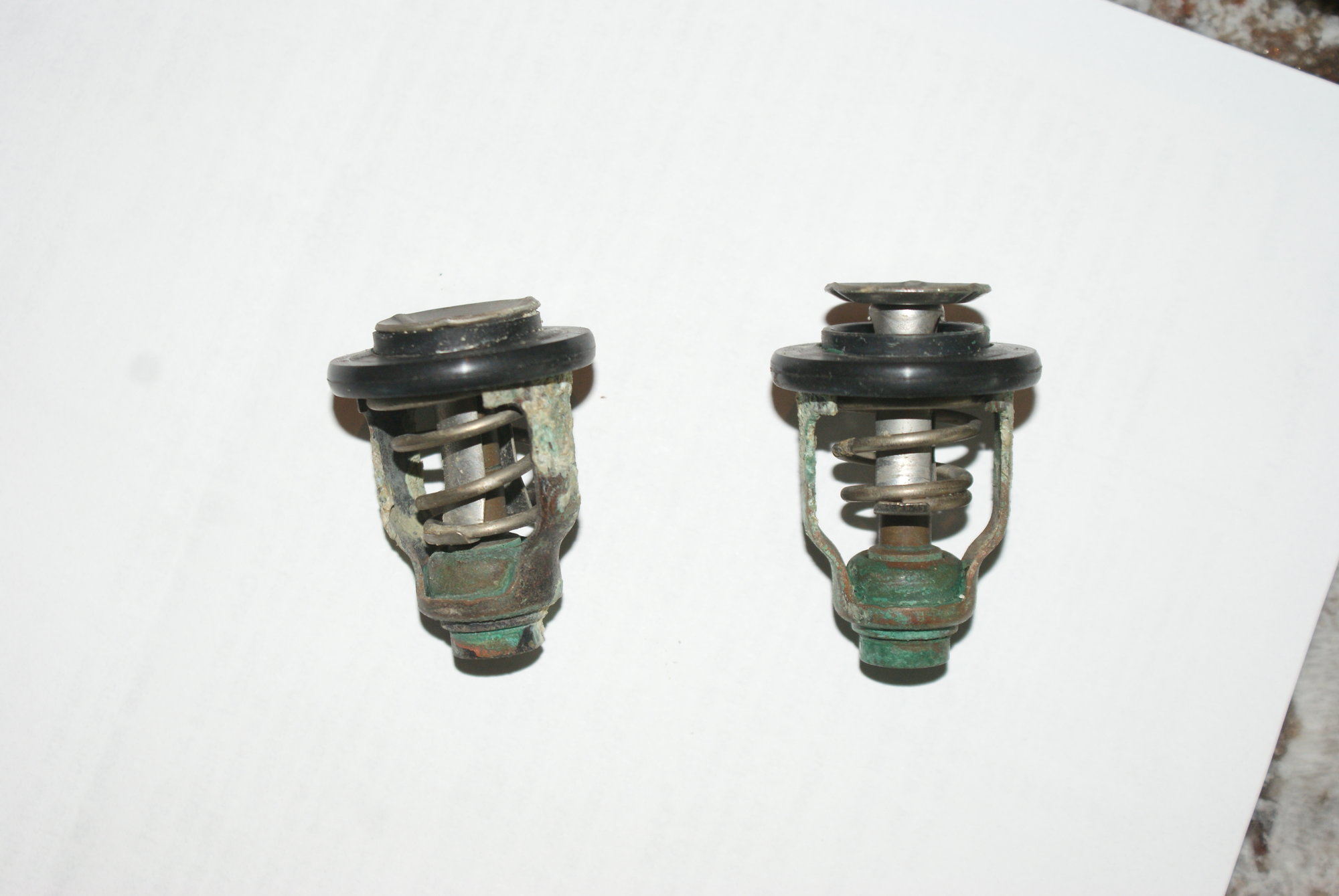
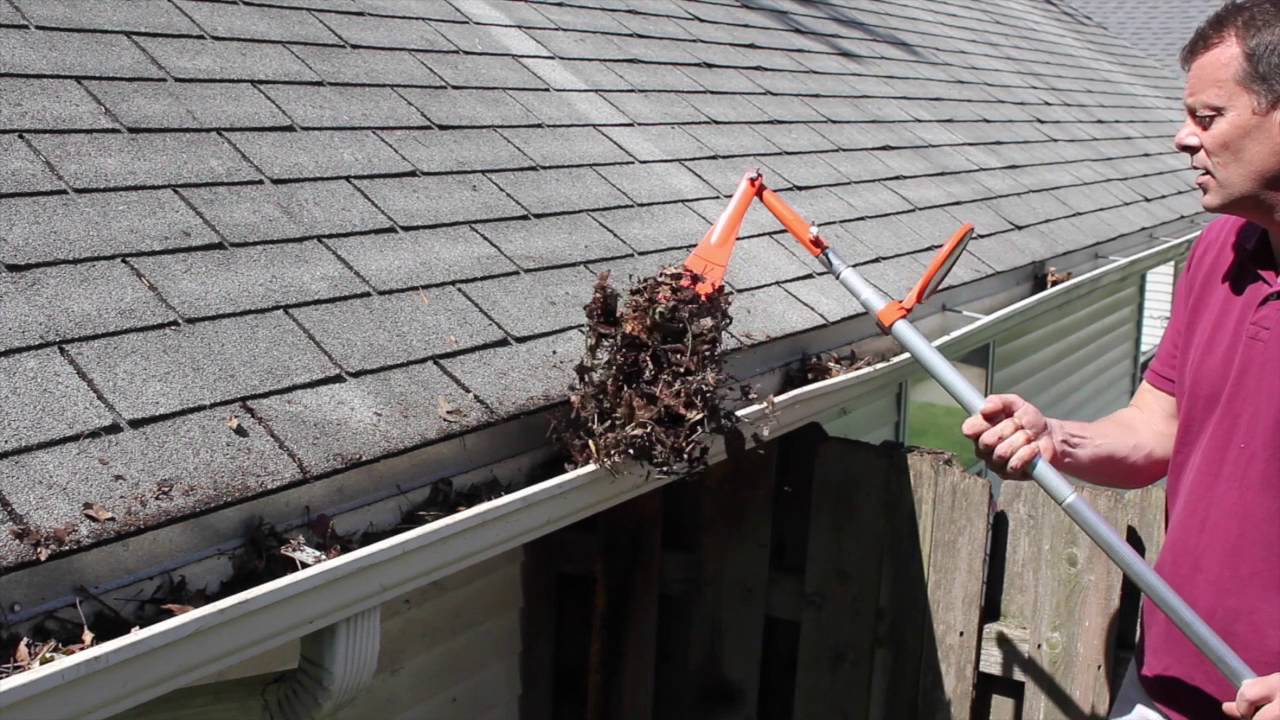
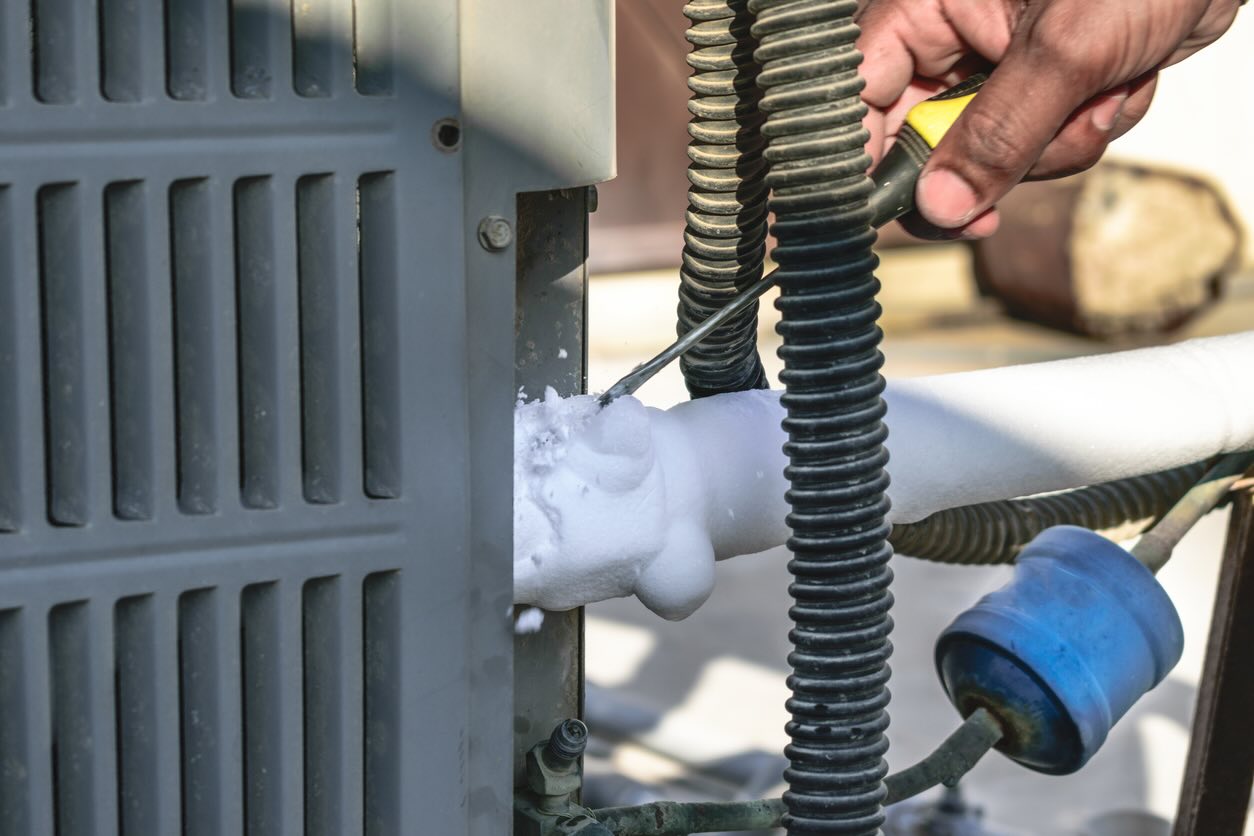

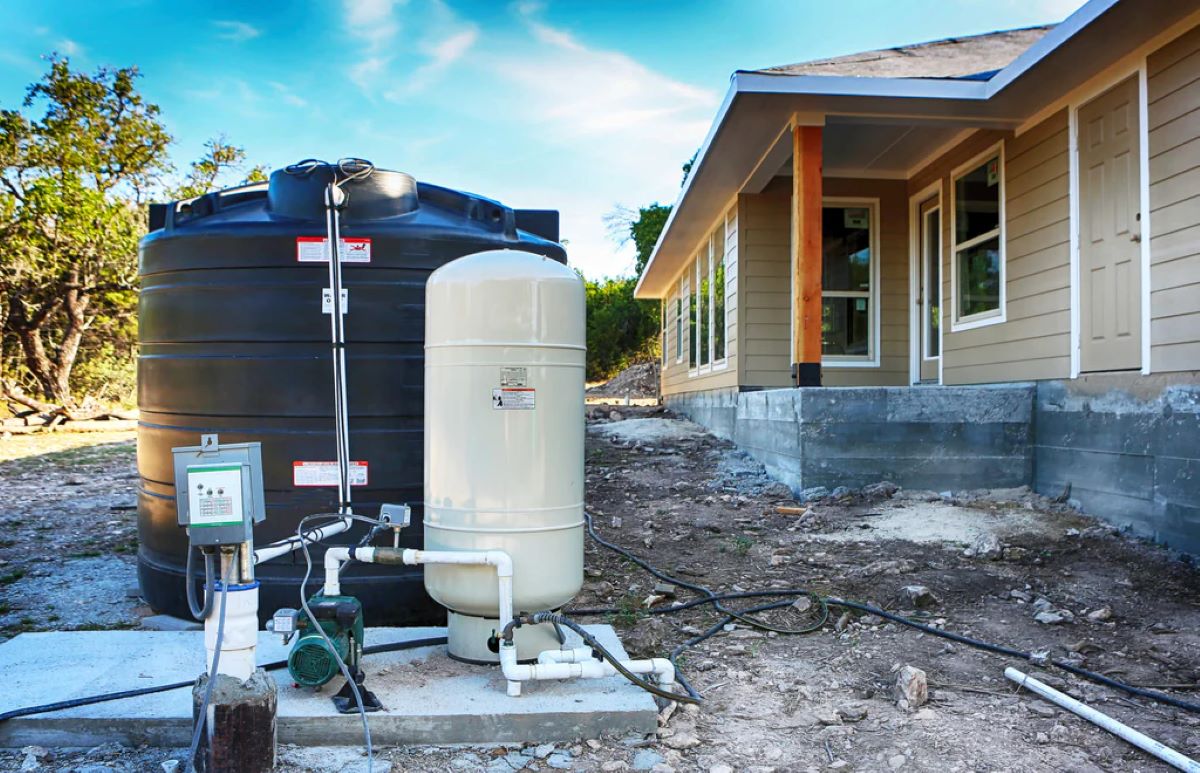

0 thoughts on “How To Tell If Your Gutters Are Clogged”